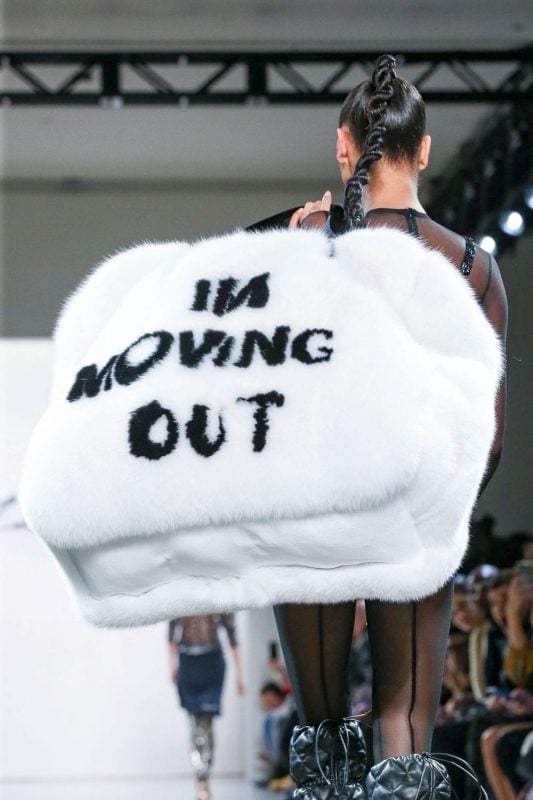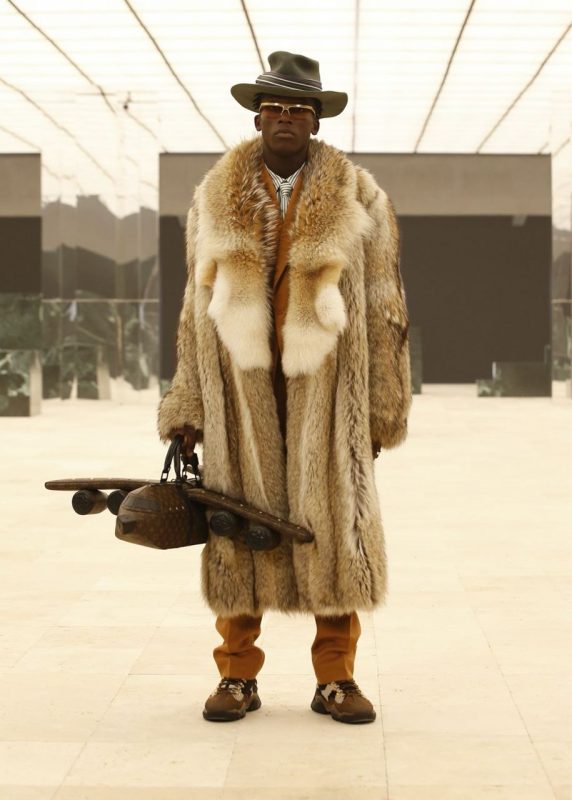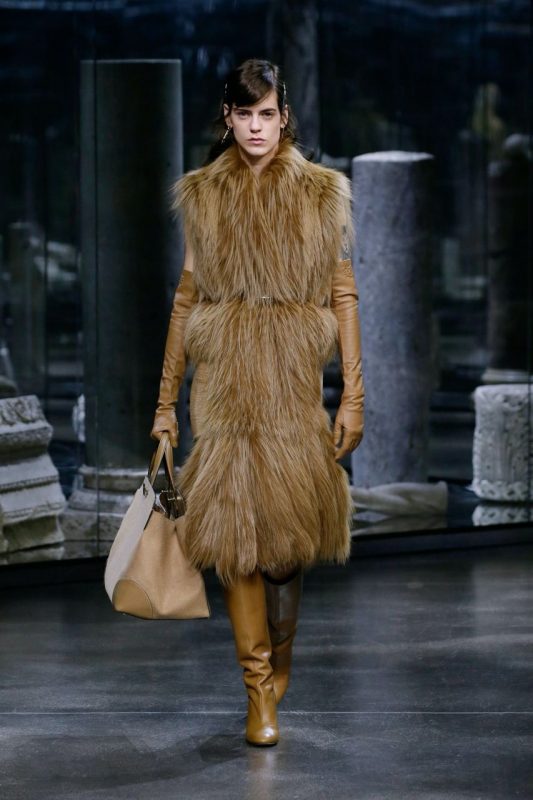
The global fur retail trade is worth $20.1bn, indicating a strong bounce back since COVID-19 pandemic, new research from the University of Copenhagen has revealed.
The European fur retail trade is worth $4.8bn, even after accounting for the pandemic.
Crucially, the academic study also estimates that the international fur garment trade reached its highest ever value in 2019 — despite lower prices of raw fur skin — demonstrating a buoyant global market.
The University of Copenhagen analysis — Global Fur Retail Value (attached), conducted by Dr. Henning Otte Hansen, Senior Advisor, Department of Food and Resource Economics in May 2021 — is the most recent, and most comprehensive, academic study of the sector’s value. In terms of methodology, results are drawn from official statistics, trade associations, company data, scientific papers, reports, and interviews with experts (estimates have been provided where there is a lack of information).

Retailers identify classic cuts, vintage looks, and earthy tones as contributing factors to strong sales. Recent catwalks showcase fur duffle bags and bum bags, as seen at Fendi [Milan, Paris] as a trend for 2021. Trims remain popular, with natural materials — including fur — seen by consumers as part of the solution to climate change, with a growing awareness of sustainability and slow fashion.
Despite the government-mandated cull of mink in Denmark, the findings also reveal strong sectoral resilience: the closure of the Danish mink sector itself is not estimated to have had any effect on fur retail sales in 2020.
The analysis shows a significant shift in mink skin production: China, which was the world’s largest producer between 2010 and 2017, is now estimated to account for only about 15% of world production. As a recent Bain report made clear, however, the luxury market for fashion is expanding rapidly in China, indicating a shift from raw-material production to finished-product consumption.

Mark Oaten, CEO, International Fur Federation, said: “Slow fashion is booming as people reconsider our relationship with the environment and the impact of their personal choices”.
“Even when the pandemic and the Danish situation are taken into account, fur retail sales are soaring — with ecommerce incredibly strong.”
“All sectors have been hit — but actions speak louder than words. Ours is a resilient and global trade, providing people with something of immense value: sustainable natural products that are made to last.”
“People vote with their wallets; they are voting for quality, for sustainability, and for fur.”
The International Fur Federation (IFF), established in 1949, represents and regulates the global fur sector. It has 56 member associations in over 40 countries around the world. The Federation promotes the business of sustainable natural fur and, as such, actively works to develop, implement, and advance animal welfare and environmental standards.




